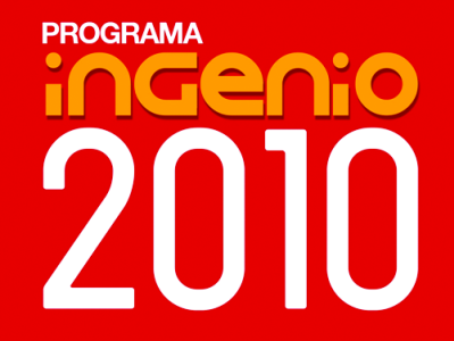Speakers (confirmed)
This list will be updated periodically 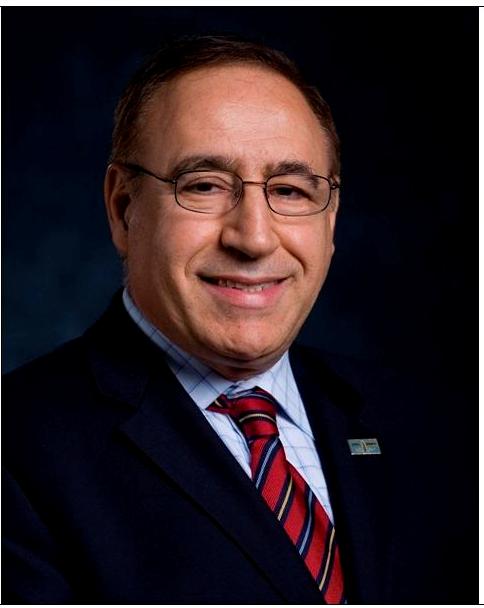 |
Dr. Metin Akay University of Houston, USA Metin Akay received his B.S. and M.S. in Electrical Engineering from the Bogazici University, Istanbul, Turkey in 1981 and 1984, respectively and a Ph.D. degree from Rutgers University in 1990. He is currently the founding chair of the new Biomedical Engineering Department and the John S. Dunn professor of biomedical engineering at the University of Houston. He has played a key role in promoting biomedical education in the world by writing and editing several books, editing several special issues of prestigious journals, including the Proc of IEEE, and giving several keynote and plenary talks at international conferences, symposiums and workshops regarding emerging technologies in biomedical engineering. He is also the founder director of the US-Turkey Advanced Institute on Healthcare, sponsored by the NSF and endorsed by the NAE. |
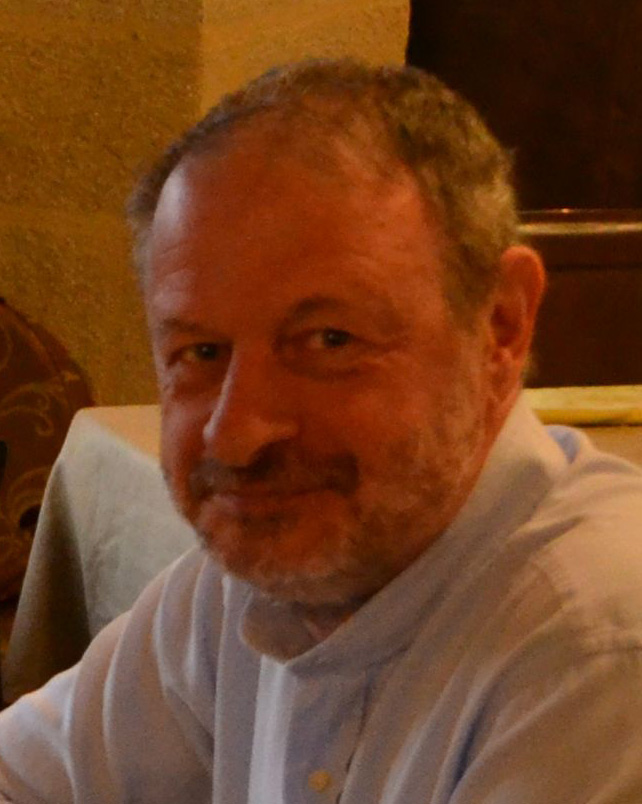 |
Dr. Marco Molinari Fondazione Santa Lucia, Italy Dr. Marco Molinari (Neurologist, Physical medicine and rehabilitation specialist, PhD in Neuroscience) is the Director of Neurorehabilitation Clinical Unit A and of Experimental Neurorehabilitation Lab from the Fondazione Santa Lucia, Rome. Neurorehabilitation clinical unit A is a clinical ward devoted to neurological rehabilitation in which subacute stroke patients receive a complete multidisciplinary rehabilitative treatment. Dr. Molinari is author of over 100 articles published on indexed journals, he is associated editor of Brain Research Bulletin and The Cerebellum. His research has been always focused on brain plasticity mechanisms and functional recovery both at basic science and clinical levels. |
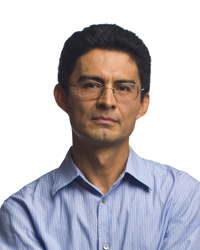 |
Dr. Jose Contreras Vidal Laboratory for Noninvasive Brain-Machine Interface Systems Department of Electrical & Computer Engineering University of Houston
Dr. Contreras-Vidal's research focuses on 1) Reverse engineering the brain through computational studies; 2) Designing non-invasive brain-machine interface to robotic systems for rehabilitation, enhancement or repair of the motor system after brain or body injury, neurological insults, or advanced aging; 3) Utilizing neural interfaces as tools for reverse-translational studies of brain plasticity and brain-machine interaction/confluence; and 4) Developing bio-robotics and powered wearable exoskeletons. His work has appeared/reviewed in Science, The Economist, NPR and other media outlets in the US and abroad. His research has been funded by the National Science Foundation, the National Institutes of Health, the US Veteran Administration, and the National Academies Keck Future Initiative. For more information please see http://www.ee.uh.edu/faculty/contreras-vidal and |
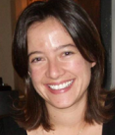 |
Dr. Belinda Lange Institute for Creative Technologies University of Southern California, Los Angeles, USA Dr. Belinda Lange is a Senior Research Associate at the Institute for Creative Technologies and Research Assistant Professor in the School of Gerontology at the University of Southern California. She received her PhD and degree in Physiotherapy (Honors) from the University of South Australia and her Science Degree from Flinders University. Dr. Lange´s research interests include the use of interactive video game and virtual reality technologies for cognitive assessment, motor rehabilitation, exergaming, postoperative exercise, and virtual human character interactions. Belinda was on the conference program committee for Meaningful Play conference in 2008, 2010 and 2012, on the organizing committee for the rehabilitation track of the Games for Health conference in 2010, 2011 and 2012, co-chaired the Presence 2009 conference and was the Workshop Chair for the International Virtual Rehabilitation conference in Zurich in 2011. She is also a co-founder of www.games4rehab.org, a non profit social network that brings together individuals with disabilities and those undergoing rehabilitation with researchers, clinicians and game industry professionals. |
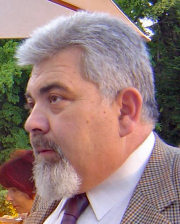 |
Dr. Dejan Popovic University of Belgrade, Faculty of Electrical Engineering, Belgrade Serbia and Aalborg University, Department for Health Science and Technology
Professor of Rehabilitation Engineering in the University of Belgrade, Serbia. Professor of Biomedical Engineering in the University of Miami. Professor of Neurological Surgery in the University of Alberta (Canada). Professor of Physiology. His scientific interests are: Control of movement, Restoration of movement in humans with disabilities, Design of medical instrumentation, and Information technology in medicine. |
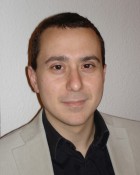 |
Prof. Dario Farina Department of Neurorehabilitation Engineering Bernstein Focus Neurotechnology (BFNT) Göttingen Bernstein Center for Computational Neuroscience Göttingen University Medical Center Göttingen Georg-August University, Germany
After a period (2002-2004) as Research Assistant Professor at Politecnico di Torino, he moved to Aalborg University, Denmark, where he was an Associate Professor in Biomedical Engineering (2004-2008) and then Full Professor in Motor Control and Biomedical Signal Processing (2008-2010). In the latter period, he has been the Head of the Research Group on Neural Engineering and Neurophysiology of Movement at Aalborg University. In 2010 he was appointed Full Professor and Founding Chair of the Department of Neurorehabilitation Engineering at the University Medical Center Göttingen, Georg-August University, Germany, within the Bernstein Center for Computational Neuroscience Göttingen. He is currently the Chair for Neuroinformatics of the Bernstein Focus Neurotechnology of Göttingen. His research spans engineering, physiology, neuroscience, and clinical sciences in a translational approach and focuses on the study of neural control of movement and on methods to replace, restore, and modulate lost or impaired motor functions. |
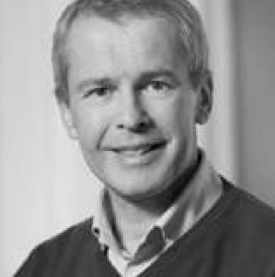 |
Prof. Thomas Sinkjær Director of the Danish National Research Foundation Copenhagen and Professor at Aalborg University, Denmark
Professor Sinkjær research and teaching interests is within human motor control. His research includes basic studies of the interaction of central neural control and reflex circuitry of the spinal cord and the intrinsic mechanical properties of the skeletal muscle system. His research also involves development of new principles to restore sensory- motor function through neurotechnologies and methods to enhance functional neural plastic changes. |
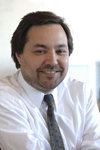 |
Dr. Paolo Bonato Spaulding Rehabilitation Hospital, Boston, USA Paolo Bonato serves as Director of the Motion Analysis Laboratory at Spaulding Rehabilitation Hospital, Boston MA. He is an Assistant Professor in the Department of Physical Medicine and Rehabilitation, Harvard Medical School, Boston MA, a member of the Affiliated Faculty of the Harvard–MIT Division of Health Sciences and Technology, Cambridge MA, an Adjunct Professor of Biomedical Engineering at the MGH Institute of Health Professions, Boston MA, and an Associate Faculty Member at the Wyss Institute of Biologically Inspired Engineering at Harvard University, Boston MA. Dr. Bonato is Founding and Current Editor-in-Chief of Journal on NeuroEngineering and Rehabilitation, an Associate Editor of the IEEE Transactions on Information Technology in Biomedicine and of the IEEE Transactions on Biomedical Engineering. Dr. Bonato served as an Elected Member of the IEEE Engineering in Medicine and Biology Society (EMBS) AdCom (2007-2010), and as President of the International Society of Electrophysiology and Kinesiology (2008-2010). He served as Chair of the 33rd Annual International Conference of the IEEE Engineering in Medicine and Biology Society (2011). Dr. Bonato served as Chair of the IEEE EMBS Technical Committee on Wearable Biomedical Sensors and Systems in 2008 and has been a member of this committee since its inception in 2006. To learn more about Dr. Bonato's work, visit http://srh-mal.net/. |
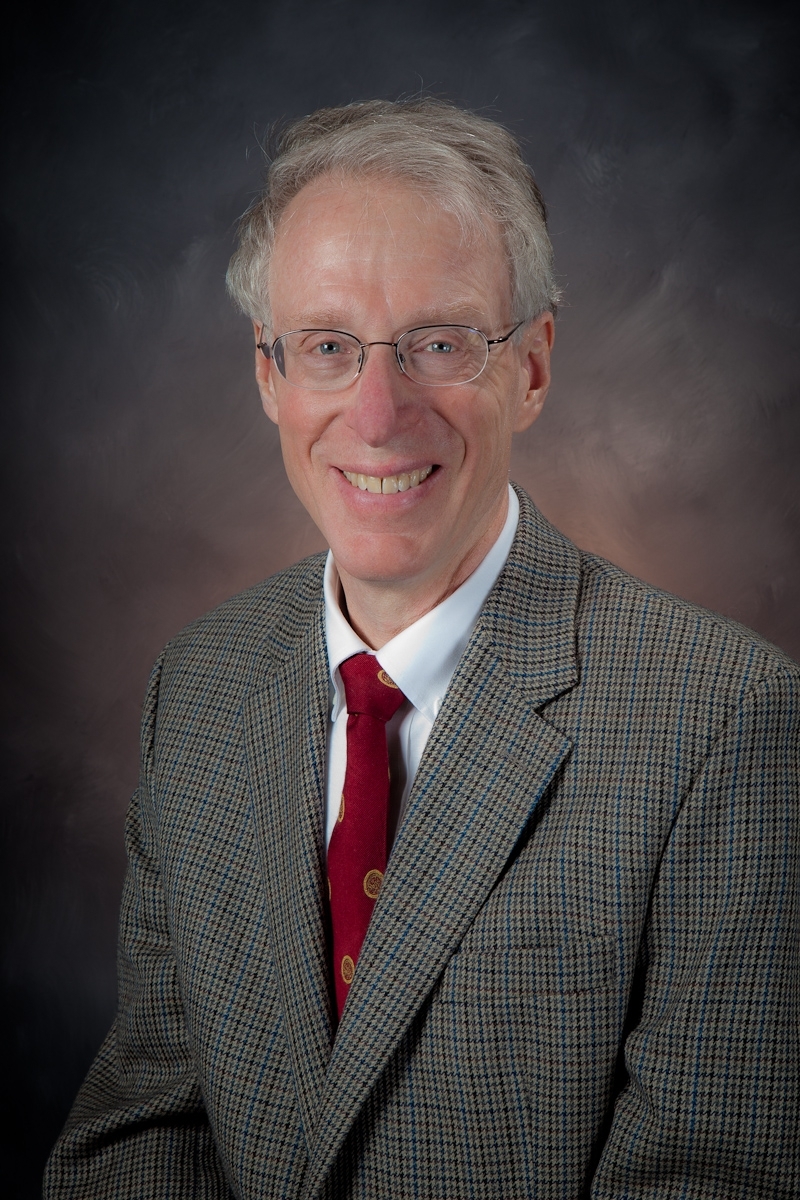 |
Dr. Jonathan R. Wolpaw Laboratory Chief and Professor. Wadsworth Center. New York State Dept of Health and State. Univ of New York Over the past 30 years, Dr. Wolpaw's laboratory has developed and used operant conditioning of spinal reflexes as a model for defining the plasticity underlying learning. His group´s recent work shows that reflex conditioning can guide spinal cord plasticity in spinal cord-injured rats and can thereby improve locomotion. Clinical researchers are now finding evidence that such conditioning can improve locomotion in people with partial spinal cord injuries. For the past 20 years, Dr. Wolpaw has also led development of EEG-based brain-computer interface (BCI) technology to provide non-muscular communication and control to people who are paralyzed. Most recently, his group has begun to provide BCI systems to severely disabled people for daily use in their homes. |
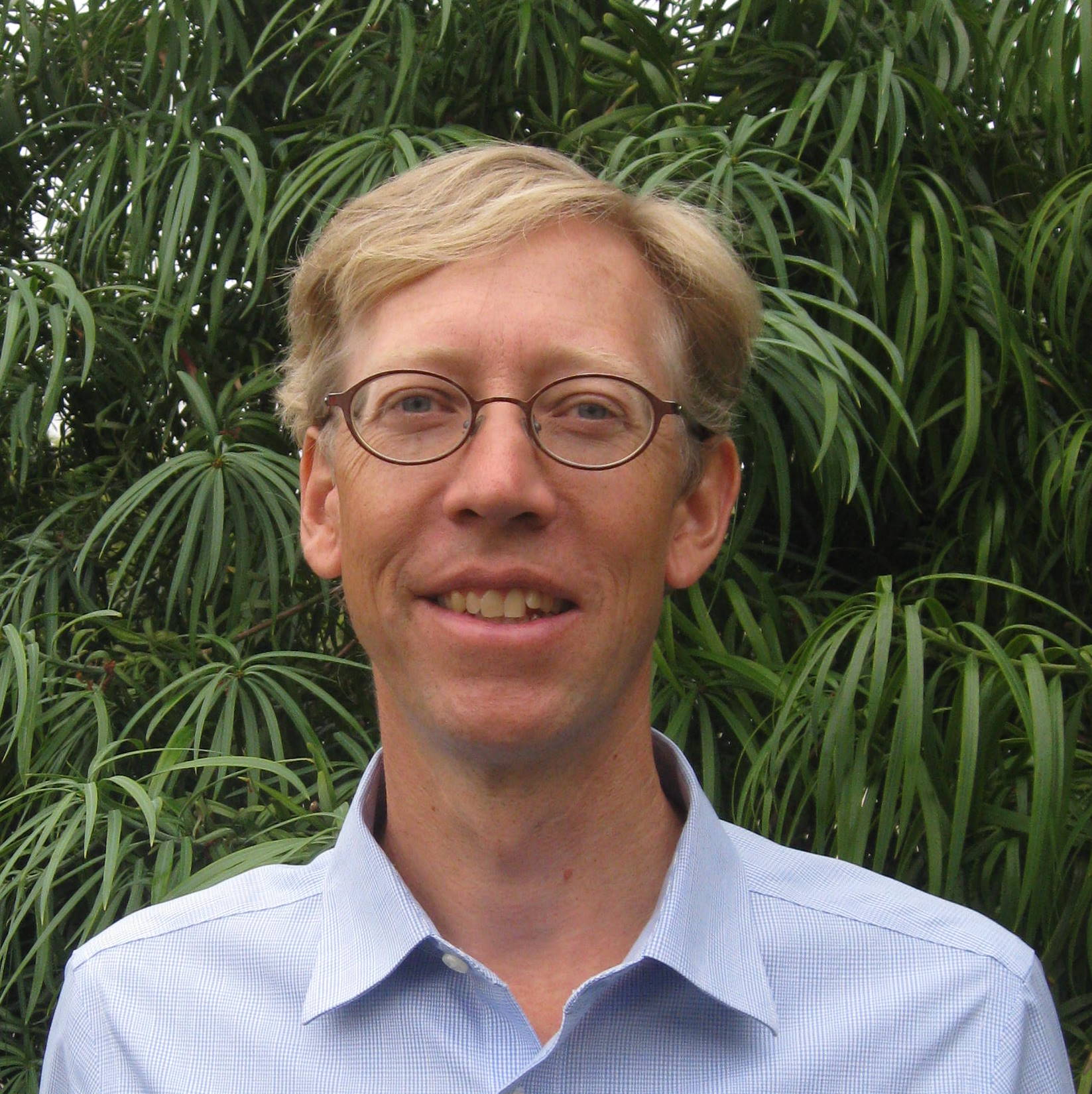 |
Prof. David J. Reinkensmeyer Department of Mechanical and Aerospace Engineering Department of Biomedical Engineering University of California, Irvine Prof. Reinkensmeyer's research interests are in neuromuscular control, motor learning, robotics, and rehabilitation. A major goal is to develop physically interacting, robotic and mechatronic devices to help the nervous system recover arm, hand, and leg movement ability after neurologic injuries such as stroke and spinal cord injury. Another goal is to understand the computational mechanisms of human motor learning, in order to provide a rational basis for designing movement training devices. Prof. Reinkensmeyer's laboratory has developed a variety of robotic devices for manipulating and measuring movement in humans and rodents. These devices are being used to investigate the role of mechanical assistance in retraining arm movement following stroke, the feasibility of providing movement training remotely using the Internet, and the role of sensory information in locomotor plasticity after spinal cord injury. |
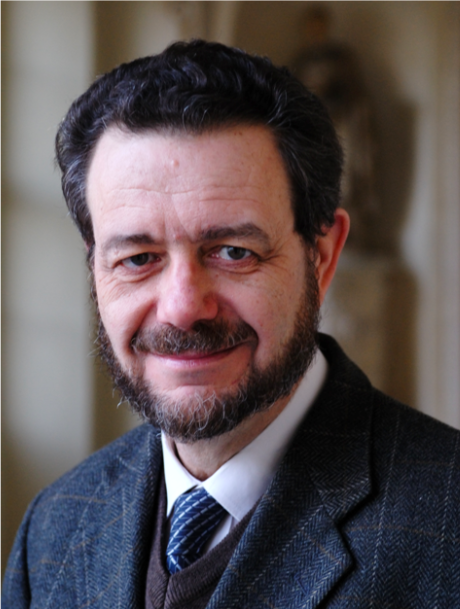 |
Prof. Roberto Merletti Lab. for Engineering of the Neuromuscular System (LISiN) Politecnico di Torino, Italy Prof. Merletti obtained his PhD from The Ohio State University and has been Associate Professor of Biomedical Engineering at Boston University from 1989 to 1994. He is now full professor of Rehabilitation Engineering at Politecnico di Torino, Italy. He is the founder (1997) and director of the Laboratory for Engineering of the Neuromuscular System (LISiN) at Politecnico di Torino. He has been involved in five EU projects (he coordinated one) and two ESA projects (he coordinated one) in the field of engineering of the neuromuscular system. He is a member of the editorial board of four major biomedical engineering journals and published over 150 papers in international peer reviewed journals in the fields of electrical stimulation and non invasive electromyography. He is the editor, with Phil Parker, of the textbook "Electromyography: physiology, engineering and non-invasive applications" (J. Wiley and IEEE Press, 2004) and co-author (with M Barbero and A. Rainoldi) of the texbook "Atlas of muscle innervation zones: understanding surface electromyography and its applications" (Springer Verlag 2012). |
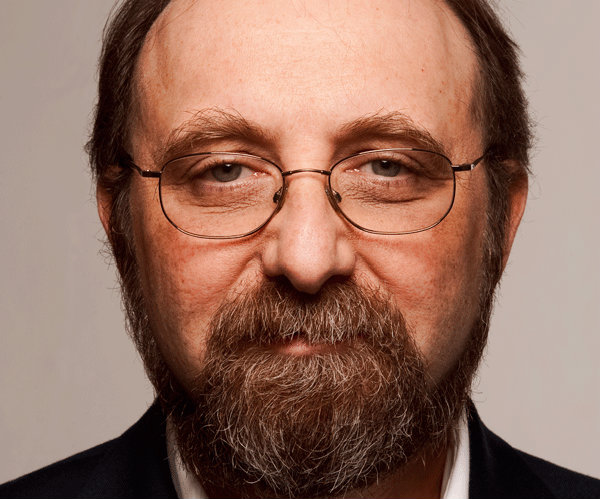 |
Prof. Miguel A. Nicolelis Duke School of Medicine Professor in Neurosciences Depts. of Neurobiology, Biomedical Engineering, and Psychology and Neuroscience Co-Director, Center for Neuroengineering Duke University, USA Miguel Nicolelis, M.D., Ph.D., is the Duke School of Medicine Professor of Neurosciences at Duke University, Professor of Neurobiology, Biomedical Engineering and Psychology and Neuroscience, and founder of Duke's Center for Neuroengineering. He is also Founder and Scientific Director of the Edmond and Lily Safra International Institute for Neuroscience of Natal. While Dr. Nicolelis is best known for his achievements in developing Brain Machine Interfaces (BMI) and neuroprosthetics in human patients and non-human primates, he has also developed an integrative approach to studying neurological and psychiatric disorders including Parkinson's disease, epilepsy, schizophrenia and attention deficit disorder. Dr. Nicolelis believes that this approach will allow the integration of molecular, cellular, systems, and behavioral data in the same animal, producing a more complete understanding of the nature of the neurophysiological alterations associated with these disorders. |
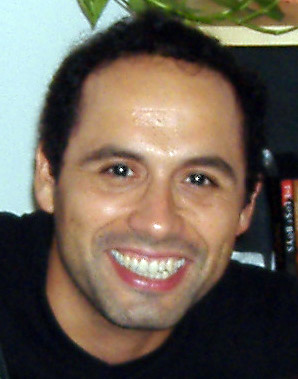 |
Dr. Romulo Fuentes Instituto Internacional de Neurociência de Natal, Brazil Dr. Romulo Fuentes is a Biochemist (2000) and PhD in Biomedical Sciences (2005) both degrees from University of Chile. He did a postdoc at Duke University where he worked on basic research directed to develop semi-invasive methods of electrical stimulation as treatment for motor diseases. In 2010 Dr. Fuentes moved to Natal-Brazil to continue his line of research at the Edmond and Lily Safra International Institute of Neuroscience (ELS-IINN), where he is Scientific Director since 2011. |
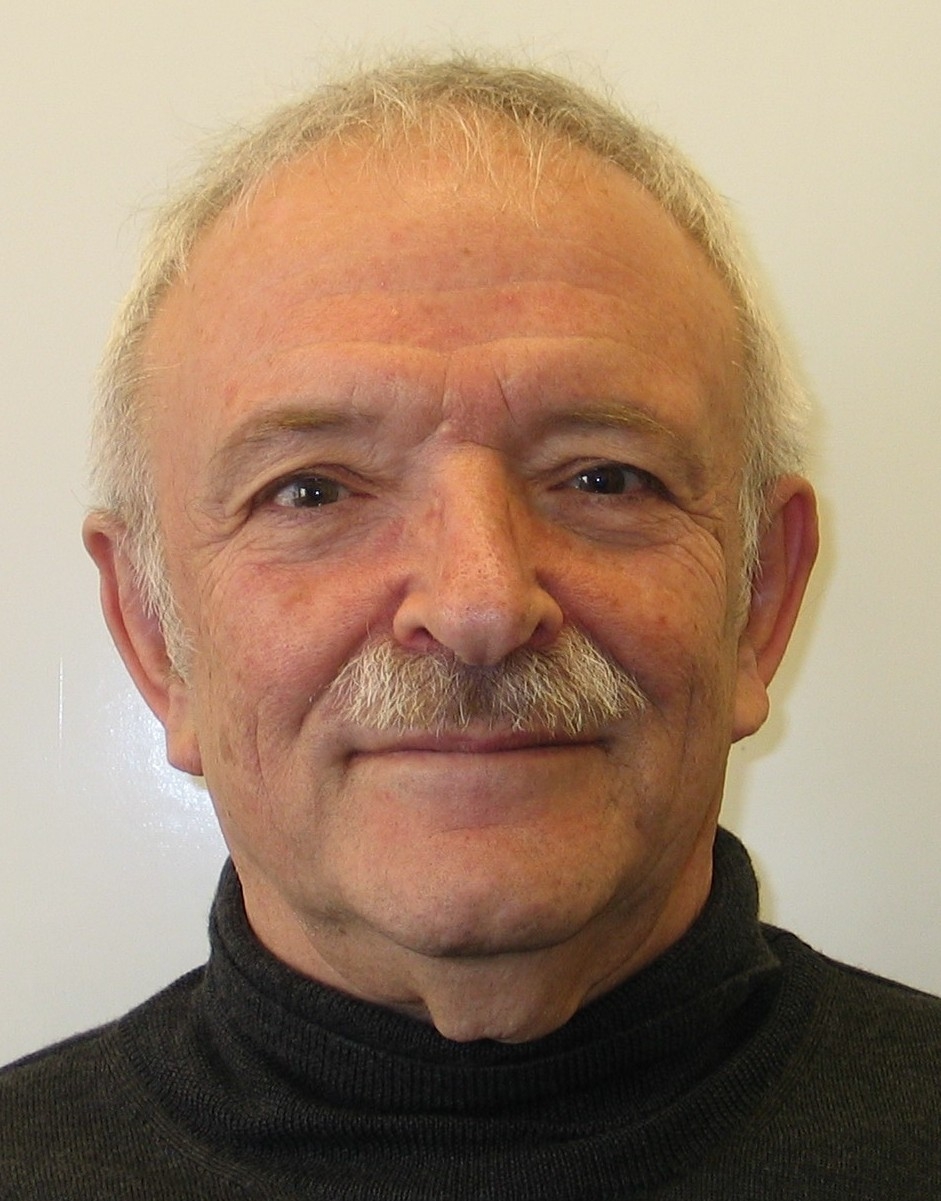 |
Prof. W. Zev Rymer Northwestern University, Chicago, USA Prof. Rymer received the M.B.B.S. degree from Melbourne University, Australia, in 1962. After residency training in internal medicine and neurology, he returned to graduate training and received the Ph.D. degree in neurophysiology from Monash University, Australia. After postdoctoral training at the National Institutes of Health and Johns Hopkins University Medical School, Baltimore, MD, he became an Assistant Professor of Neurosurgery and Physiology at the State University of New York, Syracuse. In 1978, he became an Assistant Professor of Physiology at Northwestern University Medical School, Chicago, IL. He now holds the John G. Searle Chair in Rehabilitation Research and is Vice President for Research at the Rehabilitation Institute of Chicago, while also holding appointments as Professor of Physiology and Biomedical Engineering at Northwestern University and at Hines VA, Hines, IL. He is also Director of the Medical Biomechanics Program at Northwestern University Medical School. His laboratory receives support from the National Institutes of Health, the Department of Education (NIDRR), and the Veterans Administration. |


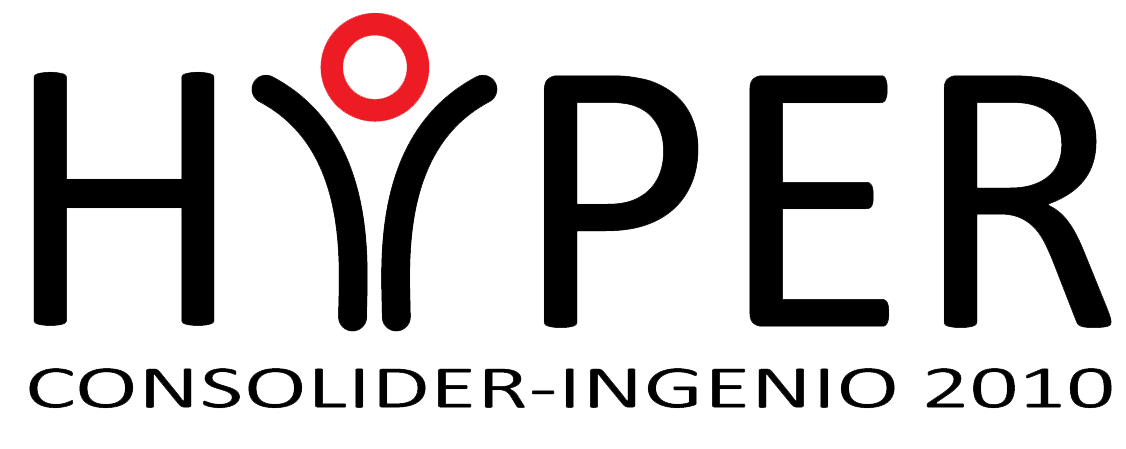
.jpg)
